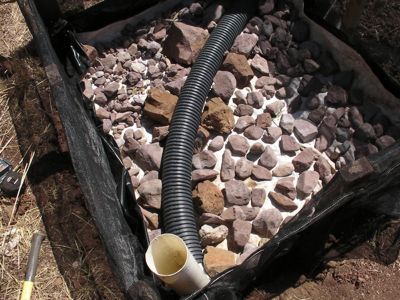Wicking Bed Facts
What is a wicking bed? A wicking bed is a raised garden bed built over a water reservoir of the same size, allowing the plants in the bed to absorb water at a natural rate, even if the surrounding soil is dry. This is useful in arid climates, areas under water-hogging trees, and gardens that are destined to wait long periods of time between irrigations. The basic structure of a wicking bed includes a plastic lined reservoir of gravel with a hole-filled pipe running through it, on top of which is built a normal raised garden bed of the same size.
How to Make a Wicking Bed
Building a wicking bed is relatively easy and can be done in your own garden without too much hassle. First, choose the size and shape of your raised bed, as you’ll want your reservoir to match. Next, dig a hole that’s the same dimensions and about one foot (30.5 cm.) deep. Line this hole with impermeable plastic sheeting. Cut a length of plastic pipe so that it spans the hole, and drill several holes into the side of it that faces down. Attach a 90-degree bend and a shorter straight piece to one end of the pipe, so that it reaches straight up higher than the final soil line. This is how you’ll add water to the reservoir. Fill the hole with gravel, and then place the frame of your raised bed on top. Drill a hole near the bottom of the frame – this will allow water to escape if the reservoir overflows and will keep your plants from drowning. Fill the frame with rich soil. Insert a garden hose into the section of pipe that’s poking above the soil line and fill the reservoir with water. Keep this pipe covered with a stone when you’re not using it to prevent evaporation and to protect curious critters. And that’s it – you’re ready to start planting in your very own wicking bed.
